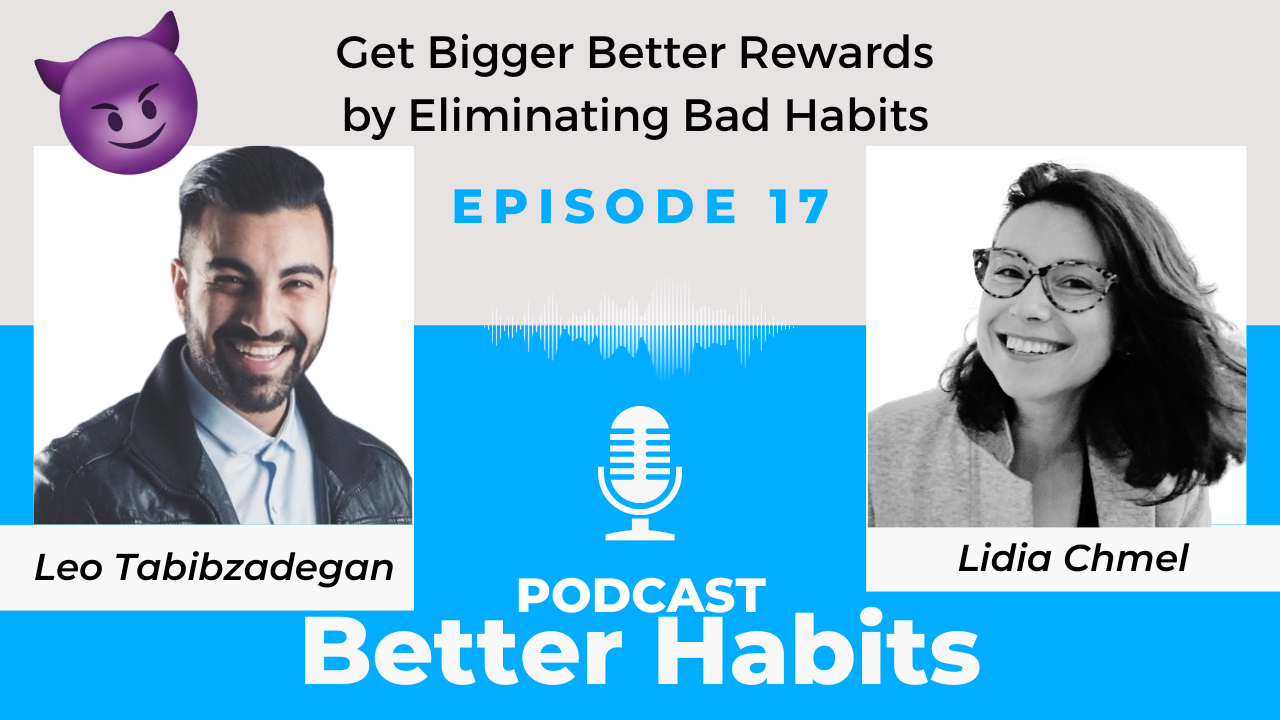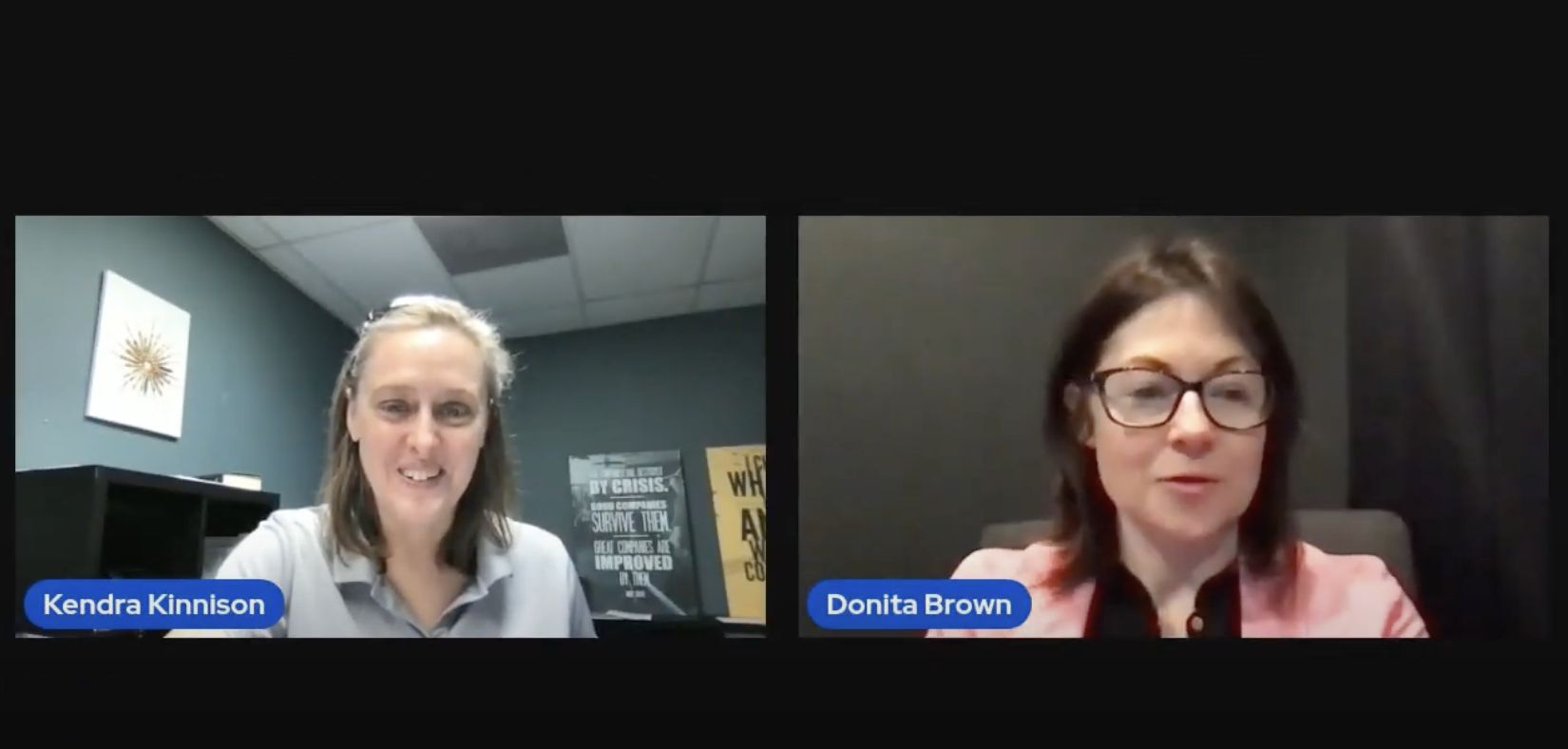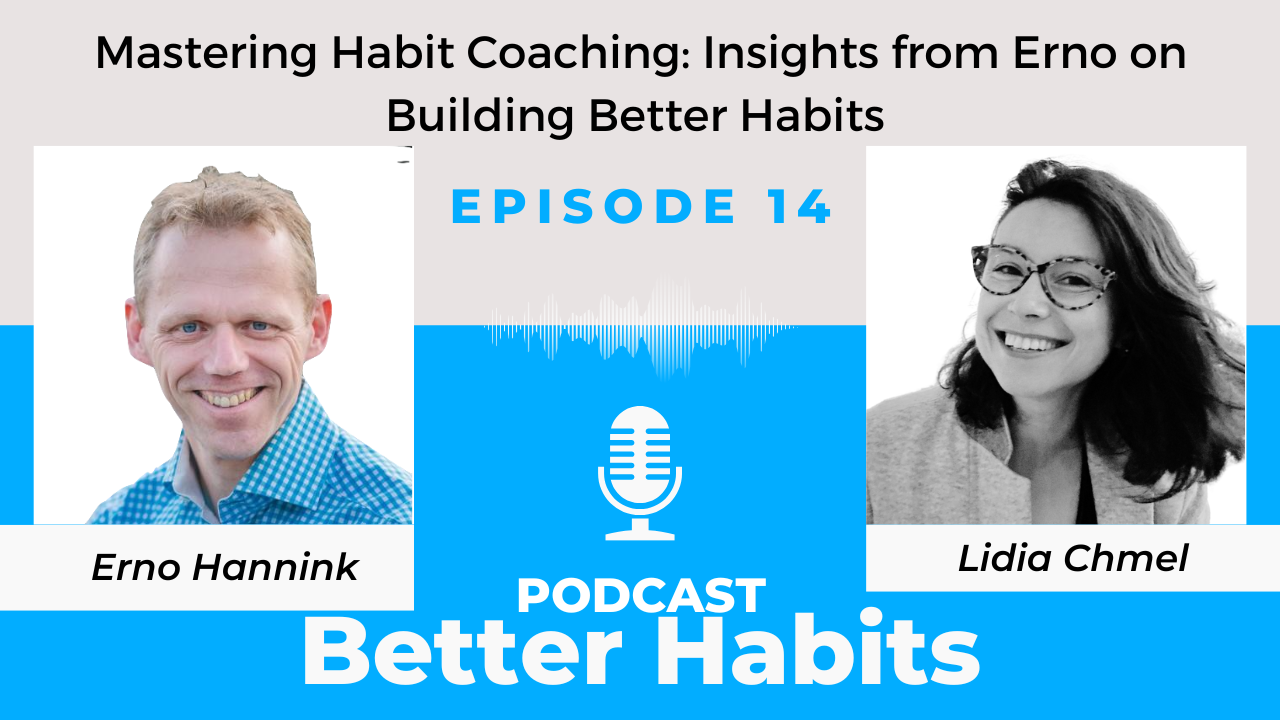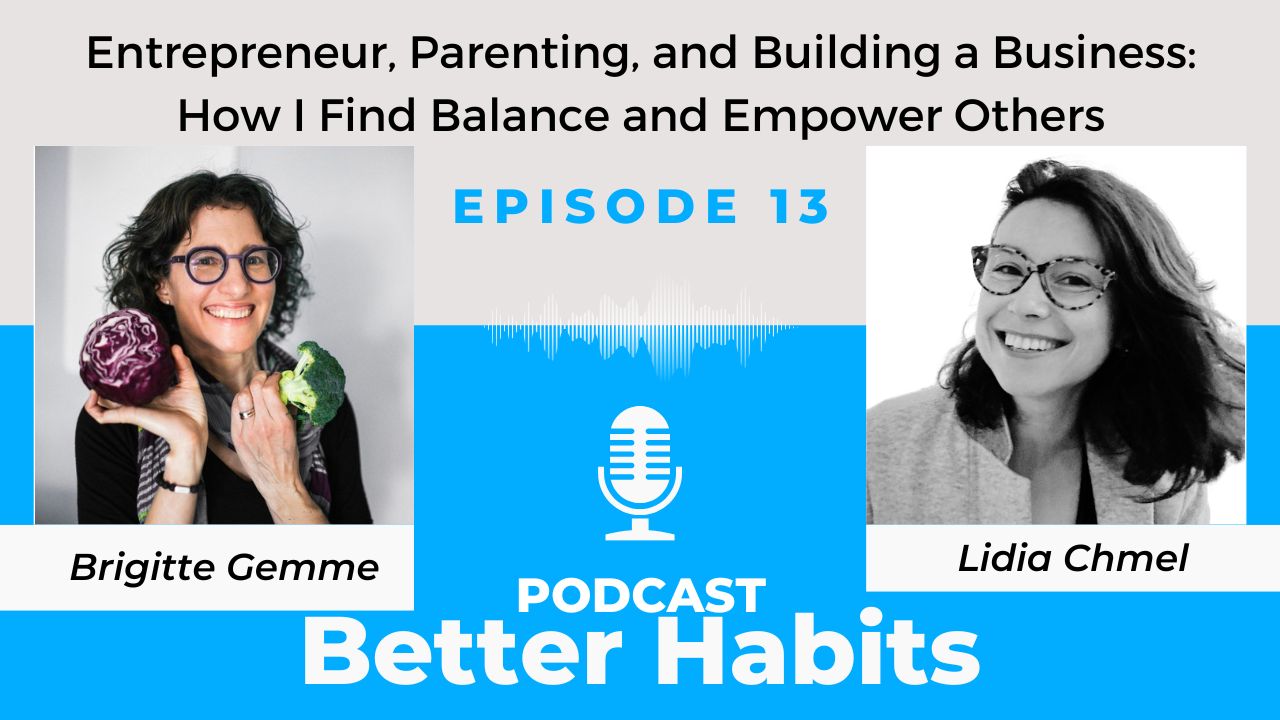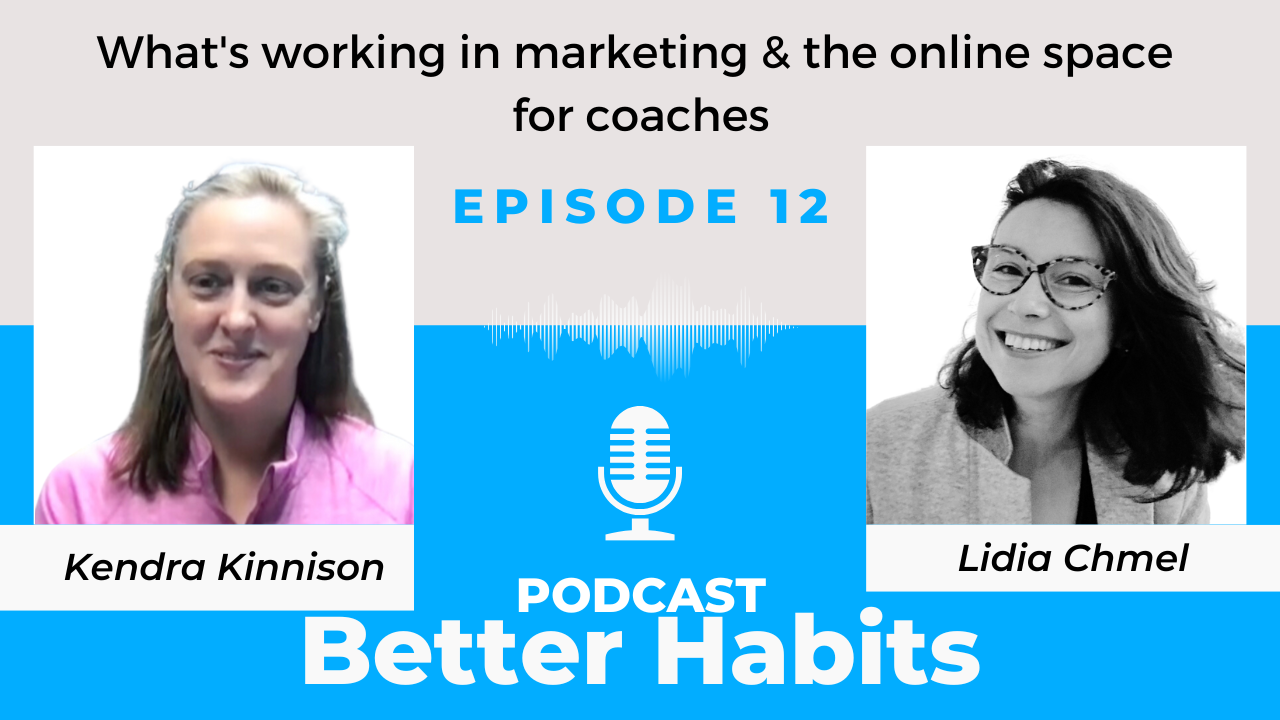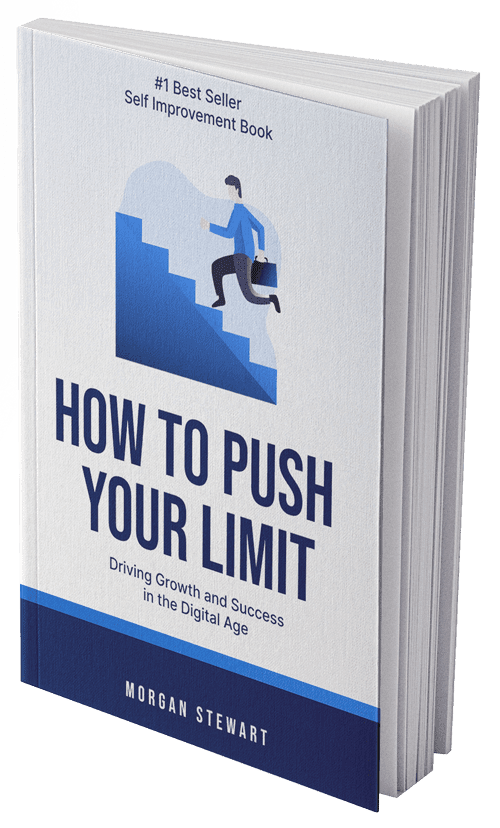When I met Jill, she was beyond overwhelmed. She had a very stressful and demanding job, a family member with cancer, and a side project that she was passionate about but couldn’t find the time to create. Certainly, we could all understand why.
Less than two years later, her award-winning documentary premiered nationwide on PBS.
How’d that happen? How’d she transform from being overwhelmed to accomplishing her wildest dreams?
She started with a tiny commitment to work on her side project for at least 10 minutes each day — sending five emails, making two phone calls, whatever step was next on the list. And then to send me a quick note about what she accomplished.
The rest of the day could have been awful. She might not have much energy. None of that mattered. Her ten minutes were non-negotiable.
Jill’s story can be yours too.
The first step is selecting your Keystone Habit – your bridge to momentum.
In my experience, the best Keystone Habits have three important qualities:
- They allow us to train for consistency.
- They start to support a new identity and beliefs.
- They foster a sense of camaraderie with others on a similar journey.
The more of these qualities that we build in, the more likely we will be to create momentum – and sustain it through challenging situations.
Training for Consistency
Several prominent habit scientists have made us familiar with “tiny” habits – usually the smaller version of our goal habit.
One pushup. One sentence. One minute of meditation.
Certainly that is a better approach than ramping up to full intensity right away. Starting small reduces friction and helps reduce overwhelm.
With just a few couple more layers of thought, we can make our Keystone Habit much more powerful.
1. We can be very specific about when we’ll do our habit each day, ‘anchoring’ it to an activity we already do consistently.
One pushup after we brush our teeth. One sentence when we first sit at our desks. One minute of meditation after lunch.
2. We can establish ‘triggers’ that nudge us to do our habits.
A sticky note on the bathroom mirror. A cursor in the right spot on our screen, or a journal on our desk. A timely reminder from our meditation app or a coach.
The best Keystone Habits focus us on training for consistency – using anchors and triggers to support us in taking a pre-decided action each day.
On good days when things are smooth, and on rough days when we’re struggling.
If we can uncover the recipe to our own consistency, we’ve taken a giant step forward towards achieving our goals. Once we have the formula, we can apply it over and over again.
This explains why working with a coach can be helpful, especially if it’s a habit we’ve struggled with in the past. Our Certified Habit Coaches have worked with their pilot clients for several weeks to identify the most ideal starting points — factoring in anchors, triggers, and common pitfalls.
Supporting a New Identity and Beliefs
When we first tried meditating, many of us felt like failures. We couldn’t sit still. Our mind was scattered. Our breathing was anything but calm and rhythmic.
What if instead of feeling frustrated, we recognized the progress? What if each time we caught our mind wandering, we counted it as a “mental pushup” and celebrated?
We might start to believe that we could become a person that meditates.
With a small adjustment to focus on “mental pushups” instead of just minutes meditating,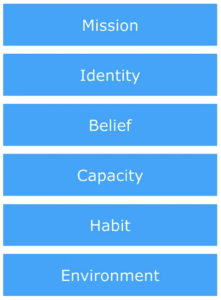 our Keystone Habit would be supporting us in developing a new identity and beliefs.
our Keystone Habit would be supporting us in developing a new identity and beliefs.
The key concept of The Open Gates Model is that all six categories need to be addressed. They are like connected gates; if even one is closed, then you can’t get through to your goal.
The anchors and triggers we applied in step one often help address the bottom three: capacity, habit, and environment.
The best Keystone Habits also acknowledge and support the top three: mission, identity, and belief.
This means that the most helpful Keystone Habits also include a ‘reframe.’ An approach that acknowledges a common challenge and finds a way to integrate it positively into the habit.
Fostering Camaraderie
There’s an old proverb that says, “If you want to go fast, go alone. And if you want to go far, go together.” The same is true for upgrading our habits.
In addition to crafting the details of our Keystone Habit carefully, we can also use what Dr. Henry Cloud calls “the power of the other.” As in, the power of involving other people.
By joining a cohort, challenge, or community, we can access added benefits of accountability, alignment, and support.
Studies indicate that the completion rate of self-paced courses average 3-8%, while cohort-based courses trend much higher. In our own programs, we see completion rates of 50-75%.
With accountability, there’s extra motivation to complete the daily commitment. By interacting with our peers or coaches, we access extra perspectives and insights.
And frankly, it’s often more fun – which is helpful too. According to researcher Katy Milkman, “making hard things seem fun is a much better strategy than making hard things seem important”

